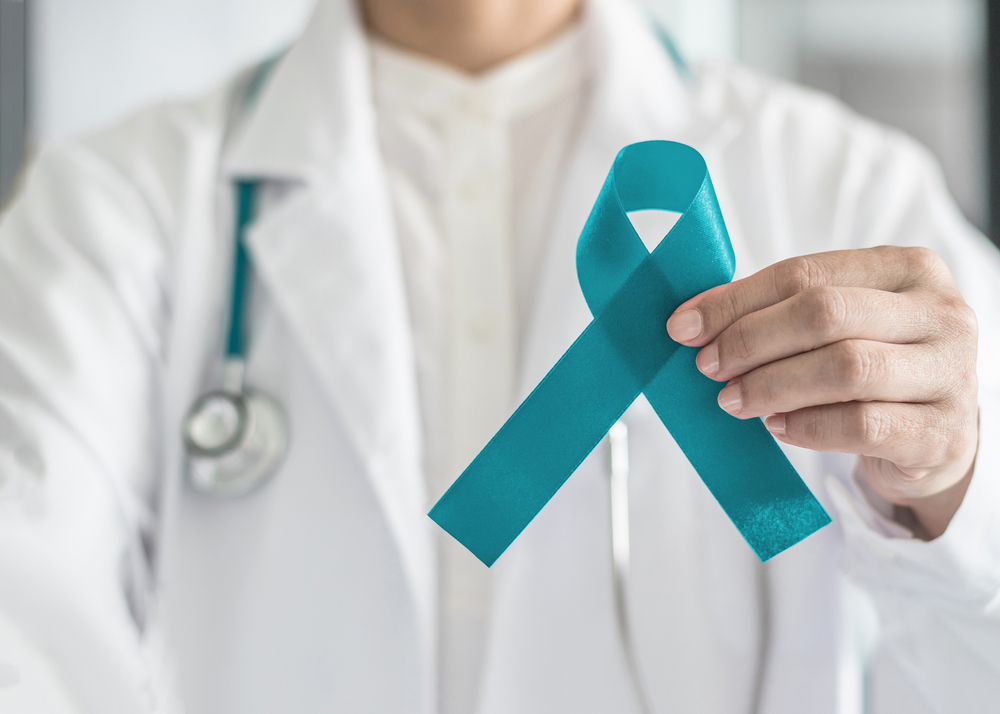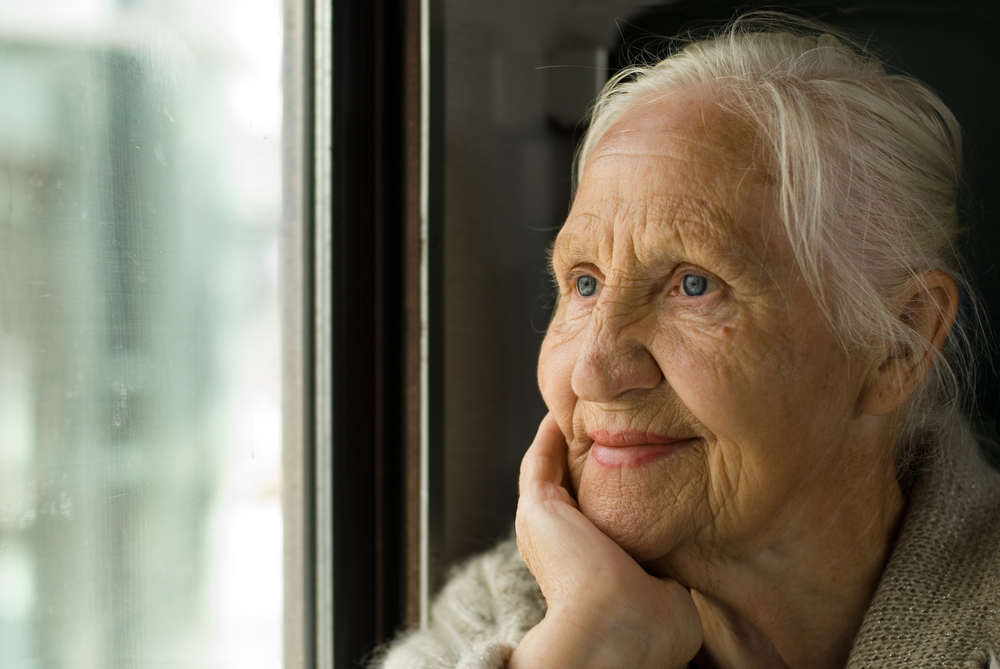Myasthenia Gravis in the Elderly
Category:

Myasthenia gravis is a chronic autoimmune disorder characterized by weakness of skeletal muscles. The disorder occurs when antibodies destroy the communication between nerves and muscles. With this condition, many older adults may have questions. What is myasthenia gravis onset age? And how can you treat it? In this post, we will review what you need to know about myasthenia gravis age and other questions you may have about the condition.
How is Myasthenia Gravis Diagnosed?
Myasthenia gravis can be challenging to diagnose and may require several tests. These tests include:
-
Blood test. This helps medical professionals look for an antibody that stops signals from being sent between nerves and muscles. A high level of these antibodies may mean you have the condition, but not everyone with myasthenia gravis may have a high level of these antibodies. If the initial blood test is standard, your doctor may opt to repeat the test later if you continue experiencing symptoms.
-
Electromyography. These nerve tests involve inserting small needles around the eyes, forehead, and possibly the arms. The electrical recordings can show whether nerves to the muscles are disrupted, a common sign of myasthenia gravis.
-
Scans. A chest CT or MRI scan can determine if your thymus gland is bigger than usual or has grown abnormally, which can be another sign of this condition. Additionally, an MRI scan can also check to see if symptoms are not being caused by problems in your brain.
-
Edrophonium chloride injection. If you have a sudden or temporary improvement in muscle strength after your doctor injects this medicine, it’s likely you have myasthenia gravis. However, this test is rarely done because it may cause side effects such as breathing problems or a slow heartbeat. Doctors will only perform this test if necessary and in a hospital, where treatment for serious side effects is immediately available.
What Are Myasthenia Gravis in the Elderly Symptoms?
Symptoms for myasthenia gravis can occur in the following muscles:
-
Eye muscles. This can include drooping eyelids or double vision.
-
Face and throat muscles. This can include issues with speech, swallowing, chewing, or snarling facial expressions.
-
Neck and limb muscles. Problems with walking or holding up the neck may be signs of myasthenia gravis.
What Is the Myasthenia Gravis in Elderly Prognosis?
According to a recent Canadian study, patients who experience symptoms of myasthenia gravis after age 65 respond to immunosuppressive treatments and have an overall good prognosis. Myasthenia gravis is generally considered late-onset after age 40, but some studies suggest the cut-off age to be 50.
Does Myasthenia Gravis Get Worse with Age?
Myasthenia gravis has worsened as time progresses, but treatment can improve the condition. Always consult a doctor if you experience any symptoms. Severe cases may affect breathing or swallowing, which may lead to death. This is why it’s imperative to seek treatment as soon as possible.
What Are Treatment Methods for Myasthenia Gravis in the Elderly?
Some treatment methods for myasthenia gravis include:
-
Medications. This can include cholinesterase inhibitors to improve muscle contraction and muscle strength, corticosteroids to block the immune system from producing antibodies, and immunosuppressants, which your doctor may prescribe.
-
Intravenous therapy. Your doctor may recommend numerous therapies, such as plasmapheresis, intravenous immunoglobulin, or a monoclonal antibody.
-
Surgery. Some people with myasthenia gravis may require the removal of a tumor from the thymus gland or the removal of the thymus gland entirely. This can be performed as an open surgery or a minimally invasive surgery.
Subscribe
Date: December 14, 2023
Category:


